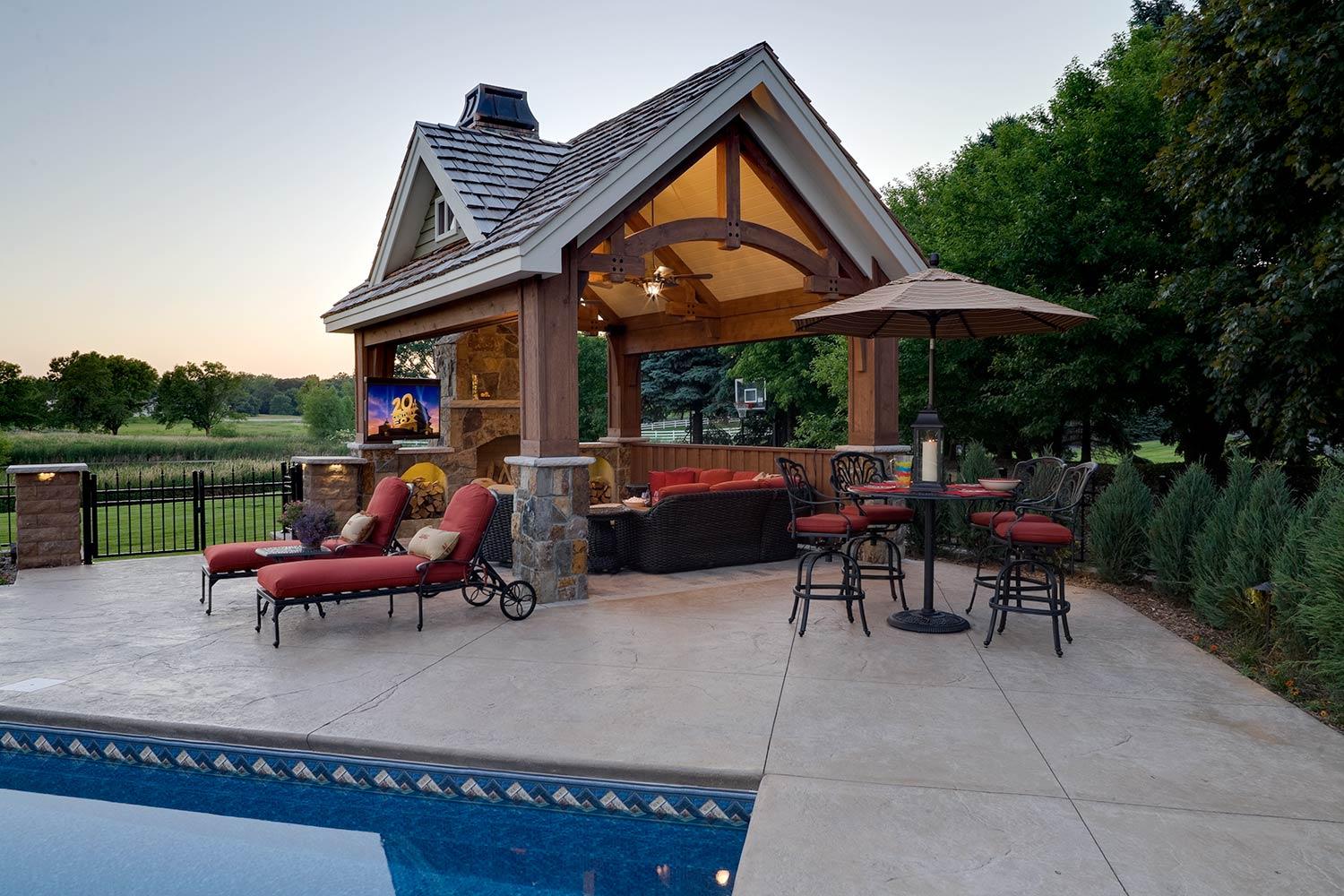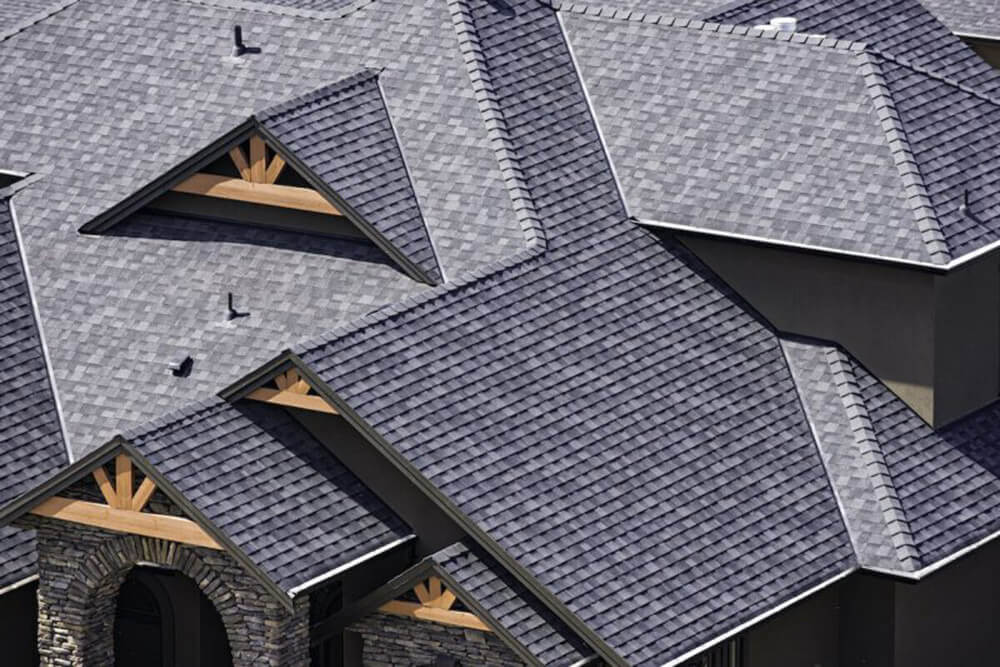Creating an inviting outdoor living space requires more than just adding furniture or décor; it begins with a strong, well-designed framework. Framing for outdoor spaces like pergolas, decks, and patios not only adds structural integrity but also shapes the functionality and aesthetics of these areas. The right framing technique ensures that these spaces are durable, weather-resistant, and visually appealing, allowing homeowners to enjoy their outdoor areas for years.
Whether you’re looking to enhance an existing patio or add a beautiful pergola, understanding the basics of framing for outdoor structures is crucial. Let’s explore the unique considerations for framing these popular outdoor spaces and the essential elements for each.
Importance of Framing for Outdoor Structures
Outdoor structures are exposed to environmental elements year-round, from sunlight and rain to wind and temperature fluctuations. Framing these structures properly not only supports longevity but also ensures safety. A solid frame minimizes wear and tear, allowing decks, pergolas, and patios to maintain their appeal while being functional.
Proper framing also allows for customizations, as it provides the base on which additional elements, like railings, screens, and roofing, can be installed. This is particularly important for pergolas, which often serve as an anchor for hanging plants or outdoor lighting. By prioritizing framing, homeowners set a solid foundation for creating unique and resilient outdoor spaces.
Framing for Outdoor Pergolas
Pergolas are popular for their ability to create shaded, semi-enclosed spaces that provide a perfect balance between sunlight and shelter. Framing for outdoor pergolas involves a design that’s both strong and stylish, as the frame itself is an integral part of the visual appeal.
Choosing Materials for Pergola Framing
Selecting the right materials for a pergola frame is essential to balance beauty and durability. Common options include treated wood, cedar, or vinyl. Treated wood is resilient to moisture and insects, while cedar offers a natural resistance to decay and a beautiful, rustic look. Vinyl is a low-maintenance option, perfect for homeowners who want a hassle-free structure. Choosing quality materials reduces the need for frequent repairs, helping the structure withstand weather and aging.
Essential Pergola Framing Techniques
The framing process for a pergola involves anchoring posts, securing beams, and attaching rafters in a way that ensures stability. The posts must be set firmly into the ground or on concrete footers, as they bear the entire structure’s weight. Next, beams are installed horizontally across the posts to support the rafters, which create the open roof structure characteristic of pergolas. Attention to precise measurements is essential, as even slight misalignments can compromise the pergola’s symmetry and sturdiness.
When seeking to add a more holistic element to outdoor spaces, homeowners can also explore practices like Reiki Healing Online, which focuses on creating balanced and peaceful environments that promote well-being. Such additions can be particularly impactful when integrated into serene pergola spaces, enhancing the overall ambiance of outdoor living areas.
Framing for Outdoor Decks
Decks are a quintessential outdoor feature, extending the living space and providing a place to entertain, relax, and enjoy the outdoors. Since decks often serve as the main outdoor area, framing for outdoor decks requires careful attention to structural integrity, especially given the weight of furniture, foot traffic, and potential weather challenges.
Selecting Deck Framing Materials
Deck framing is typically constructed from pressure-treated lumber, which is durable and resistant to moisture and insect damage. For homeowners interested in a more high-end option, steel framing is also available, offering increased durability and a sleeker look. Whichever material is chosen, it’s crucial that it can withstand exposure to the elements and provide a stable base for decking boards.
Essential Deck Framing Techniques
Proper framing for a deck begins with a secure foundation. Footings are poured to anchor posts, which are then connected with beams to support joists. Joists run perpendicular to the decking boards, creating a grid that distributes weight evenly and prevents sagging. When done correctly, framing for a deck provides the support necessary for a long-lasting, safe structure that can handle both heavy use and environmental stressors.
For those in need of professional expertise, house construction contractors in LA often specialize in deck framing and design, providing insight into the latest framing techniques and ensuring compliance with local building codes. Working with experienced contractors can be invaluable in achieving a custom design that is both functional and visually appealing.
Framing for Outdoor Patios
Patios offer the most versatility among outdoor living spaces, serving as a base for other features or simply as a durable ground surface for furniture and entertainment. Framing for outdoor patios can vary greatly depending on the materials used, as patios are typically level with the ground and do not require the same level of elevation as decks.
Material Choices for Patio Framing
Common patio materials include concrete, stone, or pavers, all of which offer unique visual qualities. Concrete is durable and can be stamped or stained for a customized look, while natural stone and pavers add a timeless aesthetic. The framing for a patio involves preparing the ground surface properly so that the chosen materials can settle evenly and avoid sinking or shifting.
Techniques for Patio Framing and Installation
The foundation for a patio usually requires excavating the ground and laying a base layer of gravel or sand to promote drainage. If concrete is used, framing includes setting up a temporary wooden frame to shape the concrete as it is poured. When working with pavers or stone, framing entails placing edge restraints to keep the pavers from shifting over time.
Attention to detail in framing and ground preparation is vital for patios, as these structures are often expected to last for decades without significant maintenance. Proper drainage solutions and leveling techniques ensure a patio that can handle heavy use and extreme weather.
Framing for a Cohesive Outdoor Living Space
When designing an outdoor space that includes multiple elements—such as a pergola, deck, and patio—it’s essential to consider how each structure will complement the others. This is where a unified approach to framing for outdoor spaces can tie the entire area together. By choosing compatible materials, designs, and colors, homeowners can create a harmonious outdoor living area that flows naturally from one space to the next.
For instance, a patio can serve as a transition between a deck and a pergola, with consistent materials like wood or stone creating a cohesive look. If you envision an open layout, consider framing techniques that allow the structures to blend seamlessly, such as matching wood stains or complementary design styles.
Maintenance Tips to Extend the Life of Outdoor Structures
Outdoor structures require regular maintenance to remain in good condition, especially given their exposure to weather changes. Here are some maintenance tips to consider:
- Inspect Framing Annually: Check for signs of wood rot, rust, or shifting materials.
- Apply Weatherproofing Finishes: Use weather-resistant stains or paints on wood structures.
- Tighten Fasteners: Ensure bolts, nails, and screws remain secure, especially in high-traffic areas.
- Clean and Reseal Decks and Patios: Annual cleaning and resealing help prevent moisture damage, mold, and fading.
By keeping up with maintenance, homeowners can extend the life of their outdoor framing and ensure a safe, beautiful area for relaxation and entertainment.
Conclusion
Framing for outdoor structures such as pergolas, decks, and patios plays a vital role in creating safe, beautiful, and lasting living spaces. From selecting the right materials to following precise framing techniques, each element of the framing process impacts the durability and aesthetics of the final structure. Whether you’re working on a small patio or an expansive deck, understanding the unique framing needs for each type of structure enables you to make informed choices that add value and enjoyment to your outdoor space.
For those considering complex or large-scale projects, consulting with professional contractors or experts can provide guidance and assurance that each part of the framing is expertly handled. When done right, framing for outdoor spaces transforms an ordinary backyard into a stunning, functional area that serves as a natural extension of the home.




